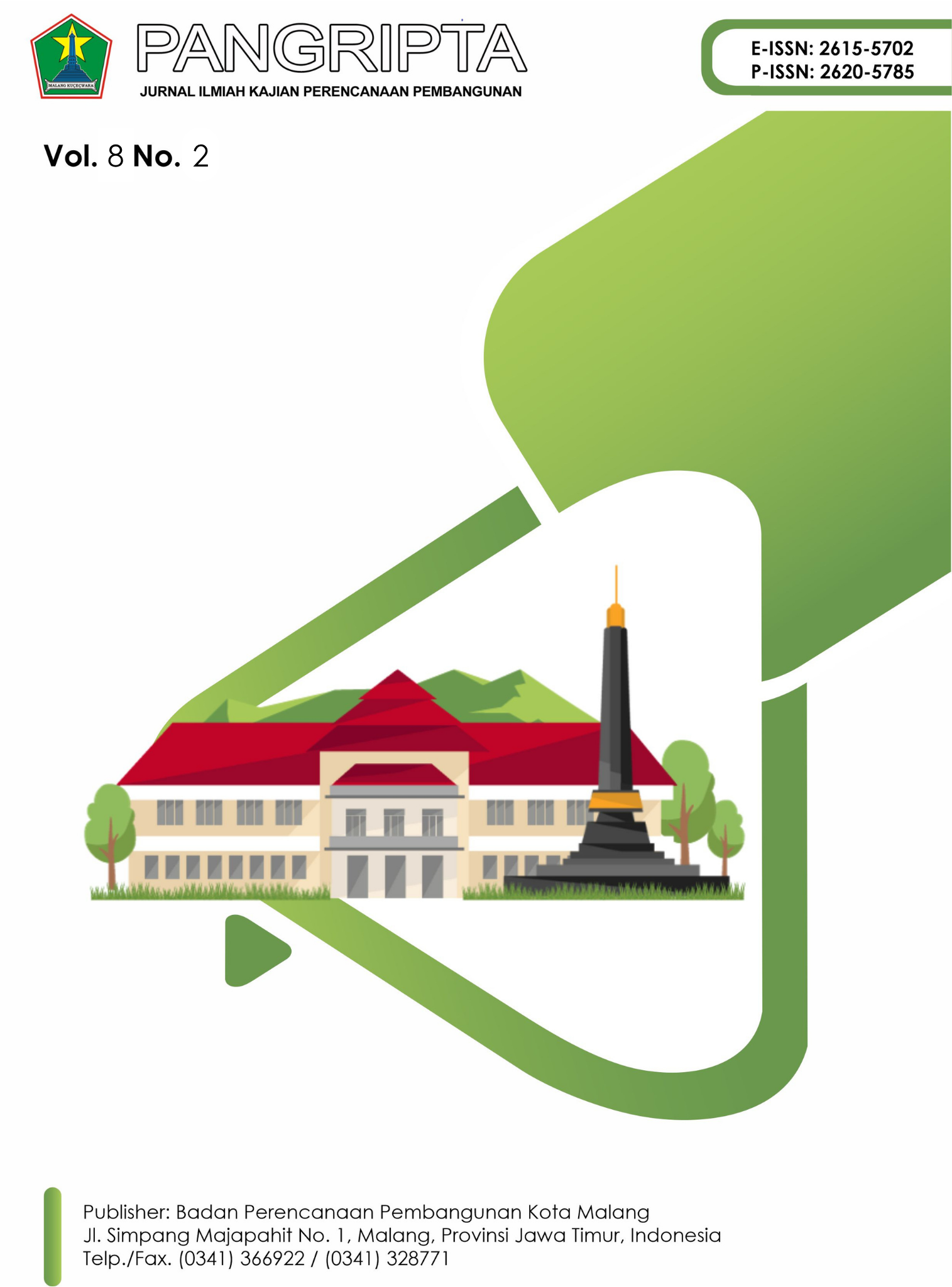Financial Feasibility as a Decision-Making Tool for Regional Infrastructure Projects: A Regional Development Perspective
DOI:
https://doi.org/10.58411/nfv7bn32Keywords:
Financial Feasibility, Infrastructure Planning, Regional Development Policy, Investment Decision-Making, Malang CityAbstract
Effective regional infrastructure planning requires not only technical soundness but also financial accountability to ensure long-term sustainability and equitable resource allocation. This article refines the application of financial feasibility analysis as a decision-making tool, focusing on four key indicators NPV, BCR, IRR, and PP—and situates them within a regional development framework. The Bango Water Supply System Development Project (2023–2047) in Malang City is employed as a study case to illustrate how financial feasibility outcomes can inform policy choices. Results indicate that the project demonstrates positive financial performance across all indicators, confirming its viability under baseline assumptions. Beyond numerical validation, the study emphasizes the strategic role of financial feasibility analysis in prioritizing projects, attracting public private investment, and aligning infrastructure initiatives with SDG targets for water access and sustainable cities. This contribution
provides actionable insights for policymakers seeking to balance fiscal discipline with inclusive growth objectives.
Downloads
References
Farmania, A., & Elsyah, R. D. (2023). Financial feasibility study of water supply system (SPAM) business at X port in Sumatera Island, Indonesia. IOP Conference Series: Earth and Environmental Science, 1281(1).
Kusuma, J. H., & Sandhyavitri, A. (2014). Analisis investasi sistem penyediaan air minum kota Dumai berdasarkan kerjasama pemerintah dan swasta.
Laksono, N. B., & Latief, Y. (2024). Sustainable infrastructure development in the IKN region (Nusantara Capital): Simulation of the smart self-sustaining urban center area development. Smart City.
Lestari, N. S., Lusiana, L., & Rafie, R. (2024). Financial feasibility analysis of the Pontianak State Catholic Religious College (STAKATN) Santa Maria lecture building project. Jurnal Teknik Sipil.
Mamudi, L., Mandagi, R., & Lumeno, S. (2017). Kajian kelayakan investasi pengembangan SPAM di Kota Manado (Studi kasus di Kecamatan Mapanget).
Neely, W. P., & North, R. (1976). A portfolio approach to public water project decision making. Water Resources Research, 12(1), 1–5.
Rahmawati, F., Sulistiono, S., & Setiati, F. (2021). Investment feasibility study analysis on the protected water supply system (SPAM) project. Proceedings of 2nd Annual Management, Business and Economic Conference (AMBEC 2020).
Rosyid, A., & Nurrajendra, A. R. (2022). Analisa pengaruh kualitas udara dan kelayakan investasi proyek penggantian AC pada gedung kantor PT ISM, Tbk - Div Bogasari Surabaya dengan pendekatan aspek finansial. Fair Value: Jurnal Ilmiah Akuntansi dan Keuangan, 5(5).
Sibuea, J. R., Oetomo, W., & Marleno, R. (2022). Investment feasibility analysis for distribution network development of PDAM Tirta Bening Lontar Kupang City. Devotion Journal of Community Service.
Sukrama, A., Sandhyavitri, A., & Siswanto. (2015). Simulasi kelayakan ekonomi pembangunan SPAM Regional II berdasarkan kerja sama pemerintah dan swasta (KPS) dengan melakukan sharing budget.
Syazili, A., Kurniawan, A., Widada, J., & Sembada, P. T. S. (2021). Techno-economic analysis in the development of smart sluice gate systems. IOP Conference Series: Earth and Environmental Science, 662(1).
Sibuea, J. R., Oetomo, W., & Marleno, R. (2022). Investment feasibility analysis for distribution network development of PDAM Tirta Bening Lontar Kupang City. Devotion Journal of Community Service.
Tangcharoen, J., Singsung, P., Pullteap, S., & Kheovichai, K. (2023). Feasibility study of an underpass tunnel construction at Silpakorn University. 2023 8th International STEM Education Conference (iSTEM-Ed), 1–4.
Downloads
Published
Issue
Section
License
Copyright (c) 2025 Endah Puspitosari, Achmad Chaedar Yasin Bakhtiar, Viony Alfiyatu Zahroh (Author)

This work is licensed under a Creative Commons Attribution-ShareAlike 4.0 International License.


